Review: Leica X Vario Defies Naysayers with Impressive Optics
![]()
How should I describe the Leica X Vario? It’s as if Leica engineers met at the cafeteria and decided Fuji wasn’t kicking their a** hard enough with the X100/X100s. “Hey, let’s challenge the Fuji XE-1 with a new camera. We will up the ante this time… let’s be double the price of Fuji, AND we will not have interchangeable lens!” Guffaws exploded across the cafeteria as the engineers outlined more specifications to make life living hell for the Leica sales team.
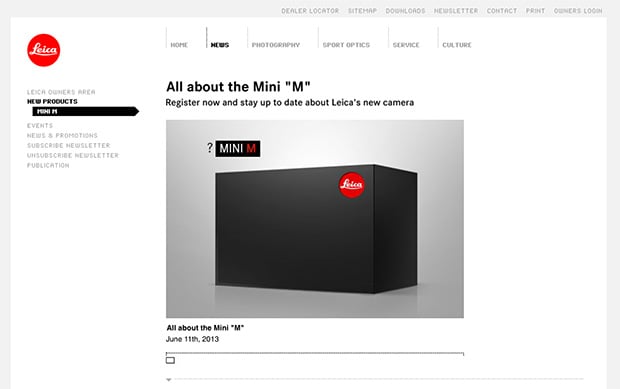
Of course, the scenario was just a figment of my imagination, but how else can we explain what Leica was thinking when they teased consumers with a boxed up camera carrying the moniker of a “Mini M”?
Would it be a smaller and more affordable M camera priced below the Leica M-E? Consumers speculated that the ‘Mini M’ should be able to mount the established and excellent Leica M lenses, but without rangefinder mechanism to bring the price and size down.
Unfortunately things started going south on Internet forums when leaked images and specs indicated that the “Mini M” wasn’t what photographers envisioned, but it was instead a high end compact with a slow non-interchangeable zoom lens.
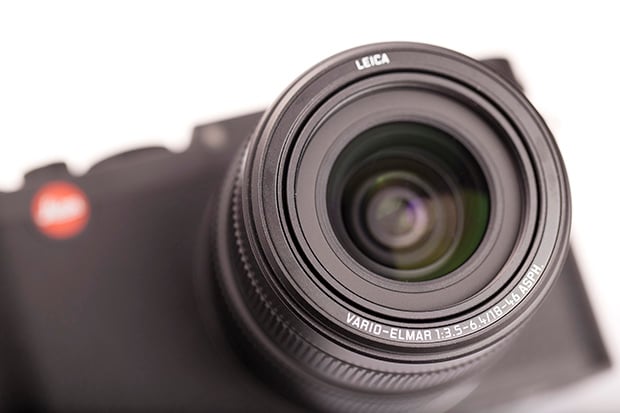
Fans and enthusiasts defended Leica and said the leaks and rumours were probably false, but even the most hardened Leica loyalists were stunned into silence when the Leica X Vario was launched, turning out exactly as the leaks indicated – a über expensive APS-C sensor compact with a slow zoom lens.
Forum threads discussing the new camera went ballistic, and instantly hit double-digit pages with comments laden with vitriol. Many compared the Leica with the much-derided Hasselblad Lunar, with both featuring large size sensors, short zoom lenses and “Lunar-tic” pricing. That just leaves us the question – has Leica gone off the deep end with the X Vario?
Introducing the Mini M Maxi X
![]()
It is obvious that the new camera is not so much a ‘Mini M’ as it is a ‘Maxi X’. To cater to customers who felt restricted by the X2’s 35mm prime lens, the X Vario sports a Leica Vario Elmar 18-46mm f/3.5-6.4 ASPH zoom lens with 9 elements in 8 groups (including 2 aspherical lens elements), delivering the equivalent focal range of 28-70mm.
The Leica X Vario adopted the layout for top plate and back from the X2, and neither has any built-in viewfinder (although both accept the optional Leica EVF2 electronic viewfinder). Although it uses the same 16-megapixel sensor as the X2, Leica stated the improved image processor in the X Vario will let it deliver better image quality.
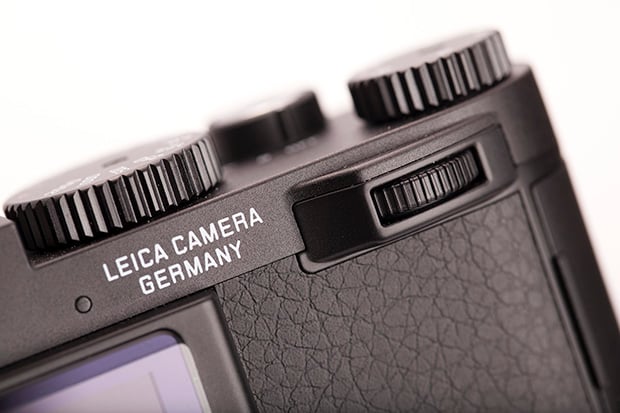
And make no mistake – the X Vario is a pukka Leica product that is proudly Made in Germany, a fact repeatedly reiterated in the tag line, press release and sales materials, and emblazoned twice across the camera. So the Leica X Vario is obviously designed for the (well-heeled) Leica enthusiast who wants a large sensor autofocus compact with a zoom lens. Now we’ve gotten that out of the way, let’s see how well the X Vario stacks up against the competition…
And the Leica X Vario is doomed before it ships…
At the time of this writing, the Leica X Vario has just been delivered to the dealers. But that has not stopped photographers from posting thousands of negative remarks in various online forums about the camera, even though 99% of them have never held the Leica in their hands. Looking at the paper specifications of the camera, it is easy to understand why.
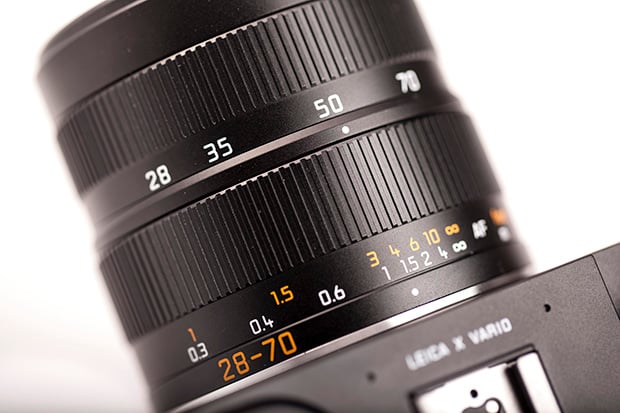
A 16MP APS-C CMOS sensor isn’t too shabby, but it is not exactly cutting edge technology compared to many other 18/24MP APS-C sensors. But detractors have reserved their sharpest criticisms for the lens – the 28-70mm zoom lens with a maximum aperture of just f/3.5 and f/6.4 at the respective ends, which is really modest by any standards.
Leica understandably wanted to keep the overall package compact, which meant building a faster aperture lens was out of the question. But for the $2850 asking price, it is an understatement to say customers feel short-changed getting such a slow lens.
To put things in perspective, if you want an APS-C sensor digital camera with a 28-70mm zoom lens, you can buy the compact EOS Rebel SL1 (EOS 100D) with its kit lens for just $599. In fact, you can get nearly five sets of the Canon kit, and they’d all trounce the Leica with their longer range of focal length and faster aperture of f/3.5-5.6.
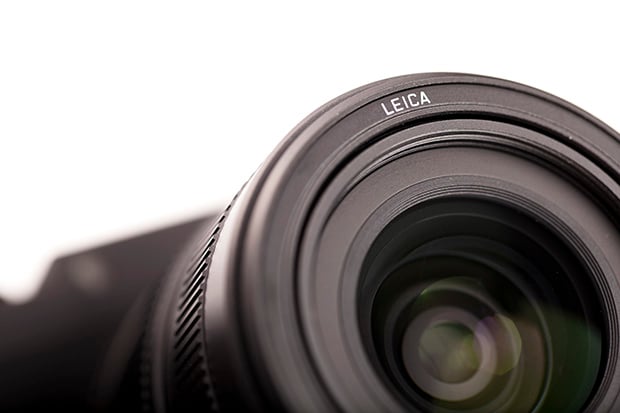
And Canon EOS’ el cheapo EF-S 18-55mm lens comes with Image Stabilizer, while the Leica X Vario assumes that you have very steady hands. Even with slow aperture and conservative ISO range (maximum of ISO 12,500), Leica thinks image stabilization is not necessary. REALLY?
The sales literature even suggested the camera for great low-light work with its large size sensor. In all likelihood, your images will end up looking very much like Robert Capa’s photos of the Normandy landings.
The shutter speeds are capped at 1/2000th second, which could be due to the limitation of a leaf shutter. The Leica X Vario has two continuous shooting rates of 3fps or 5fps, up to a maximum of 7 consecutive frames. You can choose between smart multi-segment metering, centre-weighted metering or selective (spot) metering, and select 1-point, 11-point, spot or face detection autofocus.
And for those who would use the Leica X Vario for video, you can shoot in full-HD (1920×1080 at 30 fps), and the videos will be saved in MP4 format and for uploading directly to social media or mobile devices without conversion. Specifications wise, the Leica looks pretty mediocre on some aspects and ho-hum in others. Reading about the Leica X Vario is about as exciting as researching the right washing machine to buy.
Engineered to last beyond the electronics
Leica is proud of its engineering prowess, and it should be. Leica products are renowned for their precision feel, and the X Vario continues this tradition. The top plate is machined from solid aluminium in the same process as that used for the Leica M, but that is probably the closest the X Vario will ever come to its famous rangefinder cousins. The letterings are silk screened instead of being engraved, which I find slightly disappointing.
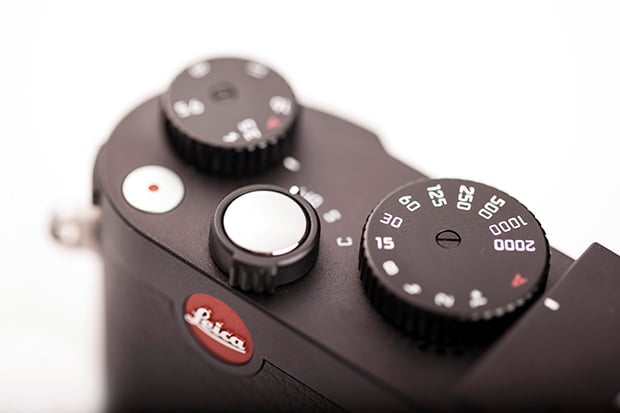
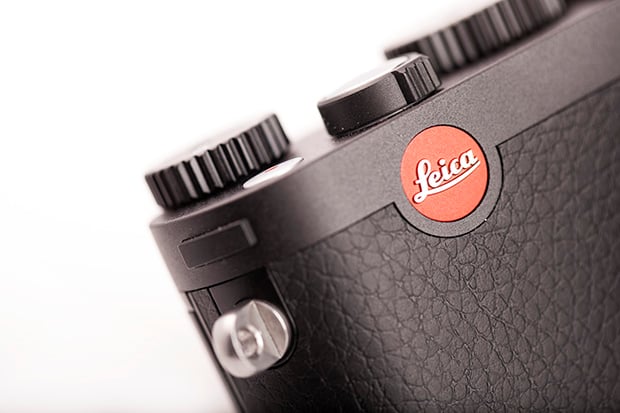
Where the Leica X Vario fell flat in paper specifications, it excelled in engineering. The magnesium alloy and aluminium body felt solid and well built in my hands, and the controls fell nicely in place. Weighing 680g with batteries, the camera made its presence felt constantly in my hands. The additional heft is probably Leica’s brand of image stabilization, as it did lend a wee bit of extra stability to the X Vario.
The X Vario features a 3-inch 920k LCD that offers excellent resolution and visibility even in bright daylight. Coming from the sorry excuse of an LCD on my Leica M9, the ability to check images sharpness on a Leica LCD came as a revelation. However, the menu system is laid out in a linear fashion, and it is infuriating to have to scroll down continuously just to access any function. A simple horizontally tabbed category system (used by every other brand) would reduce the hassle of having to scroll down all the way.
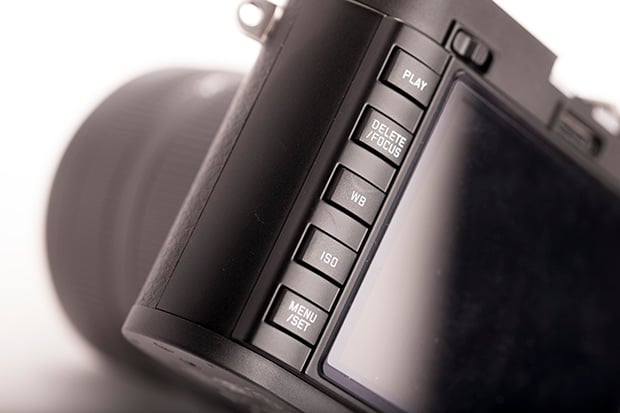
Putting aside the contempt for the slow aperture, the Leica X Vario has one of the most amazing lenses on a compact camera. The Leica Vario Elmar 18-46mm ASPH zoom lens is milled out of aluminium and features two generous rings for zoom and focus, and both demonstrate exceptionally smooth dampened feel like those on Leica R lenses. Turning the focusing ring activates a magnified viewer in the LCD display as a focusing aid, which together with the superb feel of the focus ring makes manual focusing a joy to behold.
The markings on the focus ring indicates focus distance in meters and feet, but because there is no depth of field marking, I miss being able to hyper focus or zone focus. You simply turn the focus ring all the way to a soft indent at one end to engage the lens in autofocus.
It is a clever concept in principle, but in practice I’ve lost shooting opportunities because I accidentally nudged the focus ring into manual focus. And it takes a while for me to get used to the two rings – it is easy to get confused when the focus and zoom rings are both so wide and generously spaced.
I do wonder if there is a need to create such a large focusing ring – do people focus manually that much?
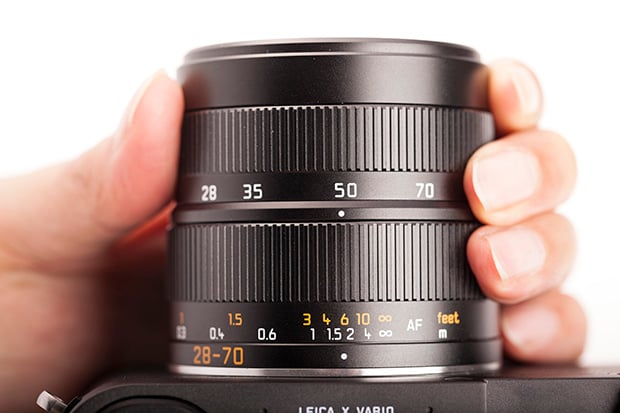
The Leica X Vario pumps out 360 exposures per rechargeable lithium-ion battery (same pack as X1/X2), so carry a spare if you are a heavy shooter. It features the same built in flash as the Leica X2, mounted on a spring-loaded arm on the camera’s right. For more firepower, you can opt to use the Leica SF 24D or SF 58 flash units on the hotshoe.
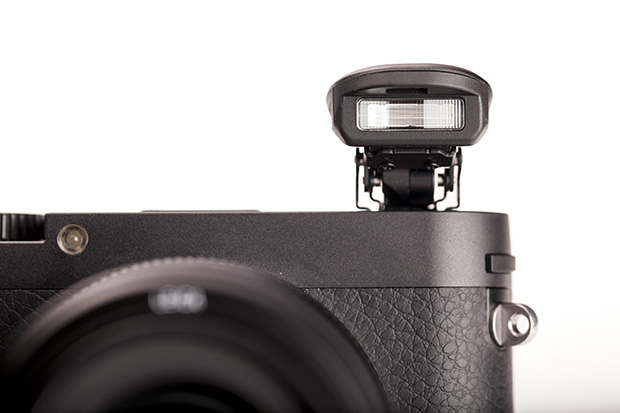
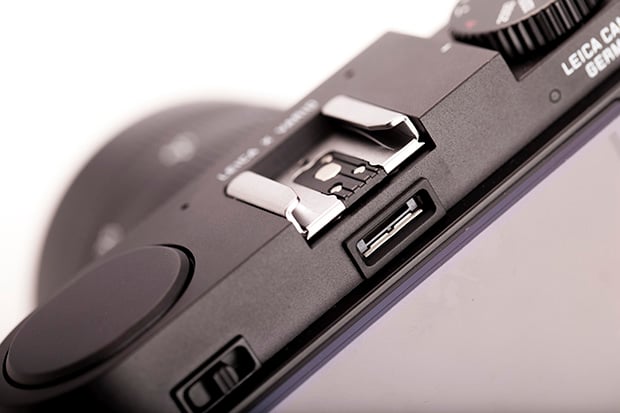
Overall, the Leica X Vario is very well engineered, although I’d prefer a little more resistance in the aperture and shutter speed dials on the top plate. I did not accidentally nudge the controls, but I’d imagine it would be easy to make a mistake when shooting quickly. A silver button that sits beside the shutter release button brings up instant full-HD video recording.
The Slow and The Furious
Leica doesn’t make haste when it comes to product development, and this trait rubs off on the products. Yes, the Leica X Vario is slow. While it is not hopelessly slow as the Sigma DP series, the autofocus is roughly comparable to the Fuji X100 (original, not the S version) and the Fuji XE-1.
I’d really love having zippy autofocus for street photography, but the Leica X Vario is definitely not in love with moving subjects. Compared to the Speedy Gonzales in the Micro Four-Thirds camp, the Leica feels like cousin Slowpoke. Focusing is on average accurate and sure, but try the slow focusing on anything that moves, you will be furious.
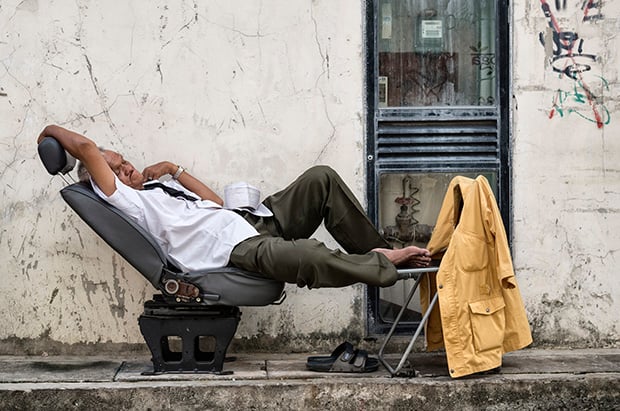
And the slowness extends to card writing speed. The Leica X Vario digs fast SD cards. I shot using an older Class 4 card and the camera took three seconds to write the RAW and JPG file. That would still be bearable if not for the fact I couldn’t continue shooting till the camera finished writing. In addition, I couldn’t compose the next shot because the LCD display freezes up when the camera is writing! Use a fast Class 10 or UHS rated card with the Leica X Vario, and you should be fine.
Here Comes the Big “BUT…”

Let’s be honest here – there are only two reasons why you are still reading this very negative review about the Leica Vario X. You could be a Leica-hater who is gloating at this over-priced but under-specced camera, so you can quote this review to denigrate the Leica on the forums. Or you might be a Leica fan-boy waiting to read something positive about the camera, so you can go online to defend against the masses and Romans out to crucifix your rich religion.
Either way it is not my war and I don’t intend to take sides. What I do care very much is to give a fair review of the camera, and Leica fans will be pleased to know that…
The image quality from the Leica X Vario is brilliant! For all its failings, the image quality from the Leica is really commendable — thanks to the APS-C sensor and an excellent lens. Leica was right on the money when it claimed “this combination is a world’s first and sets completely new standards for imaging quality in this camera class. The resulting exposures show outstanding brilliance…”
Sensor noise is well managed up to ISO 1600, and image degradation starts creeping in beyond ISO 3200. It becomes noticeable by ISO 6400 and I’d reserve ISO 12500 for really dark situations.
The large APS-C sensor size plays a big role for this good performance, and the X Vario compares favourably with many other cameras with smaller sensors. But in a face-off match with other 16/18MP APS-C cameras, the victory may not be so clear for Leica though, given that Nikon and Canon have a strong lead in image processing algorithms.
Where Leica loses out in terms of technology like image stabilization and fast autofocus, it excels in colour rendition. The X Vario delivers beautiful colours that Leica is renowned for, and this is one area where the lens absolutely shines. Even complex colours such as red and purple are rendered with fidelity, and this is one area where even leading brands sometimes struggle.
The Leica Vario Elmar 18-46mm ASPH certainly delivers the goods when it comes to sharpness too. The lens is tack sharp across the field, only losing a smidgen of sharpness in the corners at the wider end. The sweet spot of the Vario Elmar lies around f/8, but even at f/5.6 the performance is already pretty incredible. Even for pixel-peepers, the images hold up well to close scrutiny.
For all the disparagement and scorn at the slow aperture of the lens, it is actually brilliant performer! From smirking and scoffing at my initial handling of the camera, I’ve grown to be quite impressed with the Leica Vario Elmar 18-46mm ASPH.
I’ve commissioned a brick wall to be built for all my future lens tests, but the German engineers said it wasn’t ready. But based on my non-scientific testing (i.e no brick walls), my impression is that the lens handles optical distortions very well, with nary a hint of barrel or pincushion distortion.
It is possible to provoke chromatic aberrations in some situations, but in most situations you won’t have any problems with colour fringing.
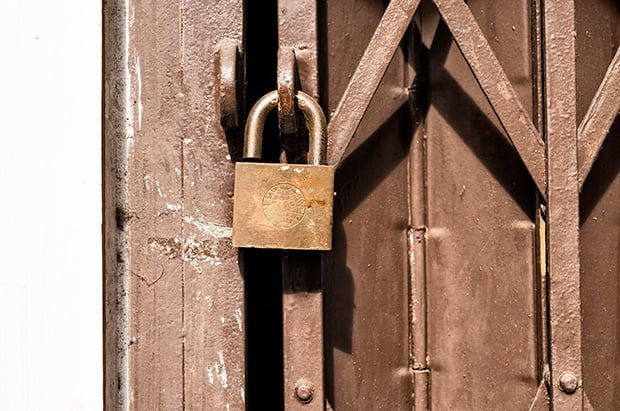
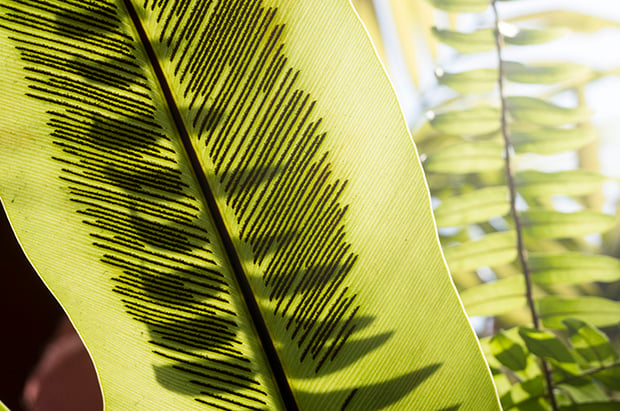
And while the macro mode of 30cm (12 inches) doesn’t sound very exciting, the Vario Elmar delivers sharpness with aplomb. Unlike most cameras, there isn’t a flower symbol you have to press and shout “flower power” before you activate macro; the camera just locks focus on anything further than 30cm, which is very convenient. And it does so even at the 70mm focal length, unlike other cameras whose macro mode works only at the widest end.
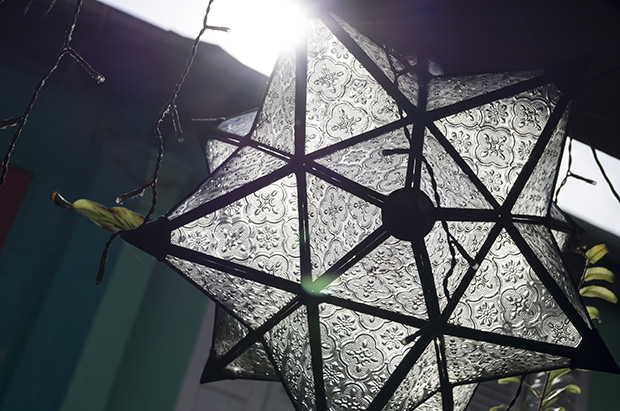
Should I Buy This Or…?
Forget for a moment the astonishing $2850 price tag Leica puts on the X Vario. This is the kind of camera a photographer can consider if he is looking for a “large sensor non-DSLR with zoom”. What other options do you have in this category?
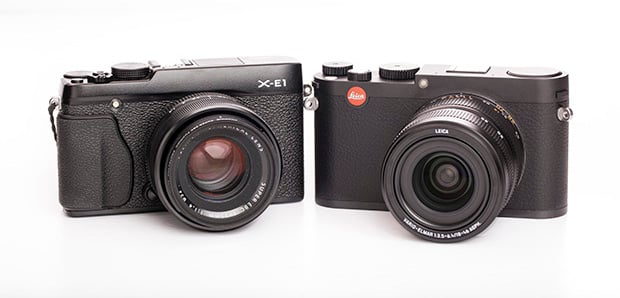
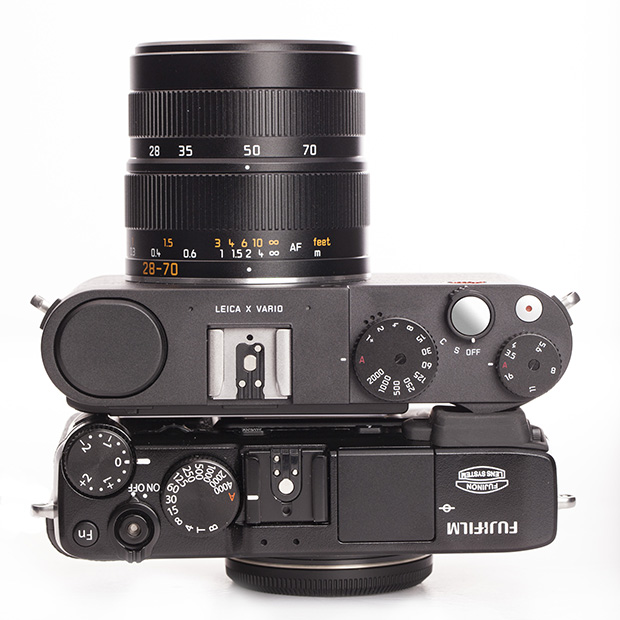
The most obvious competitor would be the Fuji XE-1 with 18-55mm zoom lens, or in fact – any of the 16MP Micro Four-Thirds (M4/3) cameras out there. All of them offer large sensors (relative to compacts), interchangeable lenses and image stabilization. And that’s not to mention they are all significantly cheaper, and the M4/3 will kick the living daylights from Leica when it comes to focusing speed.
To be caught with a Leica X Vario in your Billingham bag tells the world you are a rich snob who cares less about the value than the price of things, and you probably drive a Jaguar and prance around in an expensive Ermenegildo Zegna suit.
But there are those who appreciate the feel of a quality camera in their hands. Those who appreciate the intricate colour reproduction of the Leica, and whose hearts flutter at the great optical performance of the Leica Vario Elmar 18-46mm ASPH. And, at the risk of sounding elitist, those who can afford the hefty sticker price of the Leica X Vario.
For these photographers, the argument for buying the Leica X Vario takes on a different turn. It no longer revolves around the technical specifications and the logical comparisons with its rivals, but how your heart and hands feel when shooting with the Leica X Vario.
Forget about grabbing the decisive moment with this camera – it is just too slow. Instead, it is all about taking the time to observe and compose, and taking good long strolls with the Leica in your hands (and Zegna on your back).
I can’t remember the last time a camera gave me such mixed feelings. For those who hate and deride the X Vario, I’m certain it is not because of the image quality, because the camera delivers quality in spades.
If they despise the camera because there are other choices for less money, then consider the fact the Leica 50mm M-Summilux f/1.4 APSH ($4000) is selling well despite it costing ten times more than the $400 Canon EF 50mm f/1.4. I’m sure the Leica Summilux is better than the Canon EF, but is it ten times better? I think not, but the Summilux did not attract the same kind of vitriol from forum participants though.
Do these people go around hating anyone who drives a Porsche or owns a Hermes handbag too?
It is clear that the Leica X Vario is capable of delivering very good results, but what is less certain is the high price tag it carries. Value is tangible when the camera is compared to similar rivals, but worth is purely a personal decision based on the individuals’ financial standing and importance they place on the product attribute. I am certain that the Leica X Vario is not for everyone — this is one camera you have to hold in your hands to hear if it speaks to you.
And I just heard it say, “let’s get to know each other better.”
About the author: Nelson Tan is a photographer based in Singapore. You can contact him through his Facebook, blog, and his photo gallery.